Do you ever cut too thick slices of bread? Or maybe you struggle with cutting even slices of ham or cheese for sandwiches? If so, then you might want to consider getting a food slicer - learn about the different types, as well as features of such equipment!

Do you ever cut too thick slices of bread? Or maybe you struggle with cutting even slices of ham or cheese for sandwiches? If so, then you might want to consider getting a food slicer – learn about the different types, as well as features of such equipment!
A plastic or stainless steel food slicer – which one should you choose?
Which food slicer will be best for your kitchen? What should it be made of? There are many different models to choose from. Some of them have plastic casing, but they are more prone to mechanical damage, especially if used frequently. A big advantage is their low price, which makes them popular for home use.
Are you wondering which food slicer will be best in a commercial kitchen? In this case, stainless steel models will certainly be a much better choice. They are heavier, which makes them much more stable, and their metal casing makes them significantly more durable. Most people will also agree that it has a much more elegant design than plastic, especially if you make sure to regularly clean stainless steel.
Which food slicer should you choose – the different types
When looking for a food slicer that best suits your needs, pay attention to both the design and features, with its intended use in mind. What are your options?
- Free-standing devices – these are the most popular type of food slicers. They are fully portable and can be permanently kept on the countertop or in the cupboard and taken out whenever needed.
- Mounted food slicers – this type is much less common. They are designed for installation in cupboards or drawers, and therefore take up less space and don’t interfere with the design of your kitchen.
- Mechanical food slicers – these are still sometimes used in home kitchens, where you only cut small amounts of food from time to time. However, they will not work in restaurants, or even small bistros.
- Electric slicers – these are much more precise and considerably speed up the cutting process. They are easier to use, but bear in mind that they are also more dangerous.
- Multi-purpose slicers – thanks to a wide slicing thickness adjustment range, you can use them to cut bread as well as ham or cheese. They are therefore perfect for home-use.
- Specialist food slicers – these are generally used in shops and commercial kitchens. They let you apply very accurate settings and can be used for slicing specific food products.
- Continuous slicers – after you turn on the blade it will keep rotating until you turn it off. This leaves both your hands free for slicing larger amounts of food.
- Button operated slicers – for the blade to rotate, you need to keep the button pressed all the time. If you release it, the blade will stop rotating, making this system much safer to use, although less convenient when slicing large amounts of food.
What should you pay attention to when buying a food slicer?
Now that you know the basic types of food slicers, find out what parameters and additional functions they should have to ensure the highest level of work comfort in the kitchen:
- Food slicer power – the greater the power, the better it will work when slicing larger amounts of food. It will take you much less time to slice a large piece of roast meat or ham, as well as prepare sliced bread. Most food slicers are in the 100-200 watts range, but you can also find models with over 400 watts!
- Type of blade – food slicer blades can be made of a variety of materials, the strongest of which are titanium or chrome carbon steel. Also pay attention to whether the blade is smooth or serrated. Smooth blades are perfect for cutting ham, cheese or vegetables, while serrated blades are used to cut bread and hard food products.
- Slice thickness – the cutting range is most often between 0 and 15 mm, but some models can even handle slices of over 2 cm.
Sharpening food slicers
Sharpening food slicer blades is very important. Only then will you be able to rely on high-quality service and proper use of all the features. How do you sharpen food slicer blades? In the case of basic, home-use models, blunt blades are best sharpened by companies offering such services. Sharpening such a blade yourself (especially if you are dealing with a serrated blade) requires specialised knowledge and skills.
The situation is simpler in the case of commercial meat or bread slicers. High-end devices of this type have a built-in sharpener, which prevents the blade from getting blunt during use.
Food slicer accessories
Which food slicer will be best at home and for commercial use? Which accessories should you pay attention to? Slicers with attached pressers – this lets you to cut whole pieces of ham, bread or cheese. You will not have to worry about cutting your fingers off when holding the last bit of meat or bread – a pressing clamp will let you hold down the piece of food you are cutting without risking any harm to your fingers.
Another useful accessory in any food slicer is a food tray. This is where the ready-made slices of your favourite sandwich filling will end up – you don’t have to place any plates or cutting boards under the machine, or worry that they will land directly on the counter.
Food slicer safety
Which slicer will provide you with full operational safety? The fast-rotating blade is very effective when it comes to precisely cutting various types of food, but at the same time potentially very dangerous. Therefore, be sure to check what security measures are in place before buying a given slicer.
Most slicers are equipped with finger protection, minimising the risk of direct contact with the blade during use. It’s also worth checking if the machine has a blade shield. Another essential element are non-slip feet – stability during use will prevent unwanted accidents.
Which food slicer should you choose – summary
Which food slicer will be the best choice? It all depends on your expectations. With the above tips in mind, you will easily find a universal device with an average power output, which will be perfect for standard home use. However, if you work in a hotel, a food shop or a large restaurant, then you’d better look for something with higher power and for specialised use – commercial food slicers will be much more effective for cutting large amounts of food. What slicers for home use and commercial kitchens have in common is user safety – and you should always put safety first. Fortunately, most models currently on offer fulfill the above user expectations.

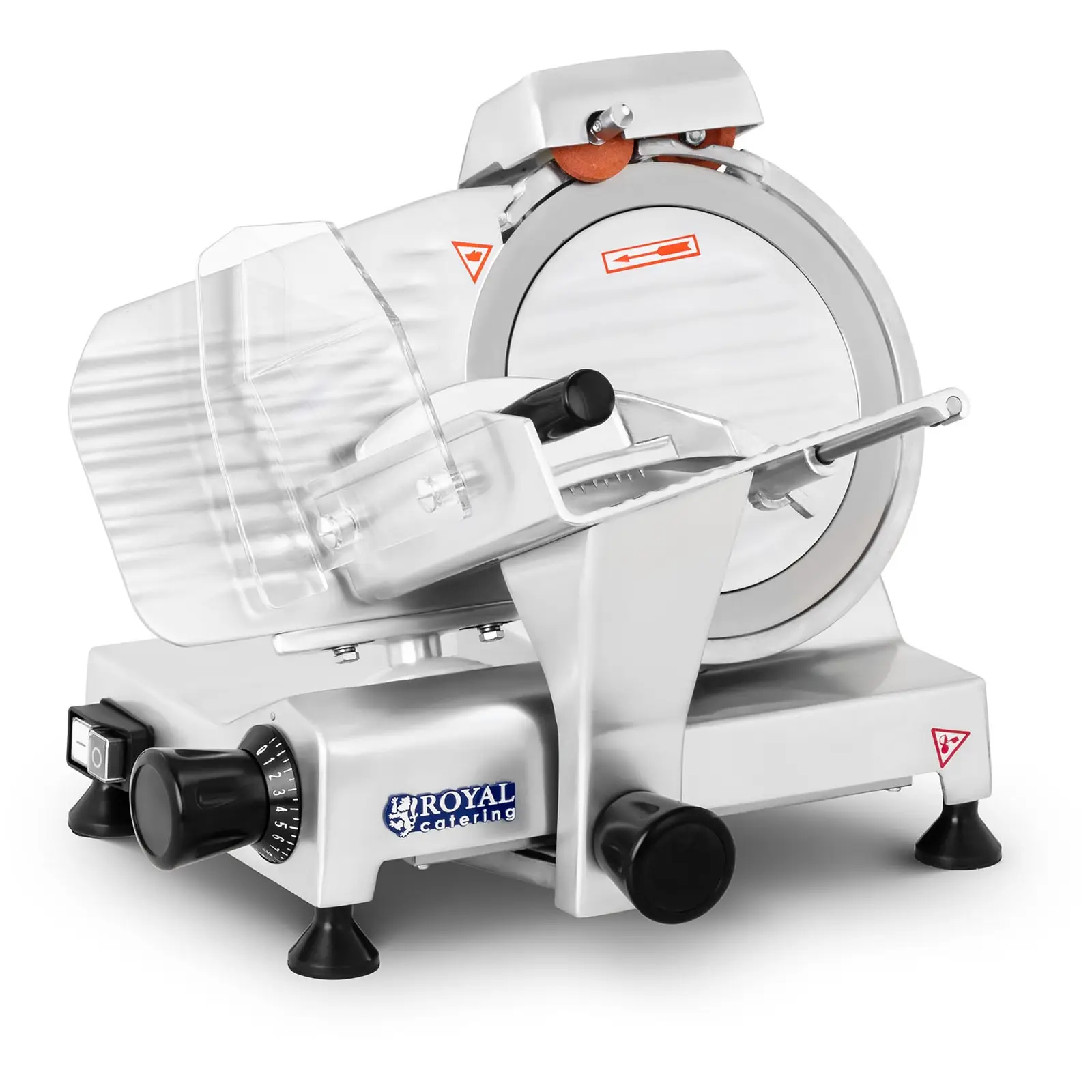
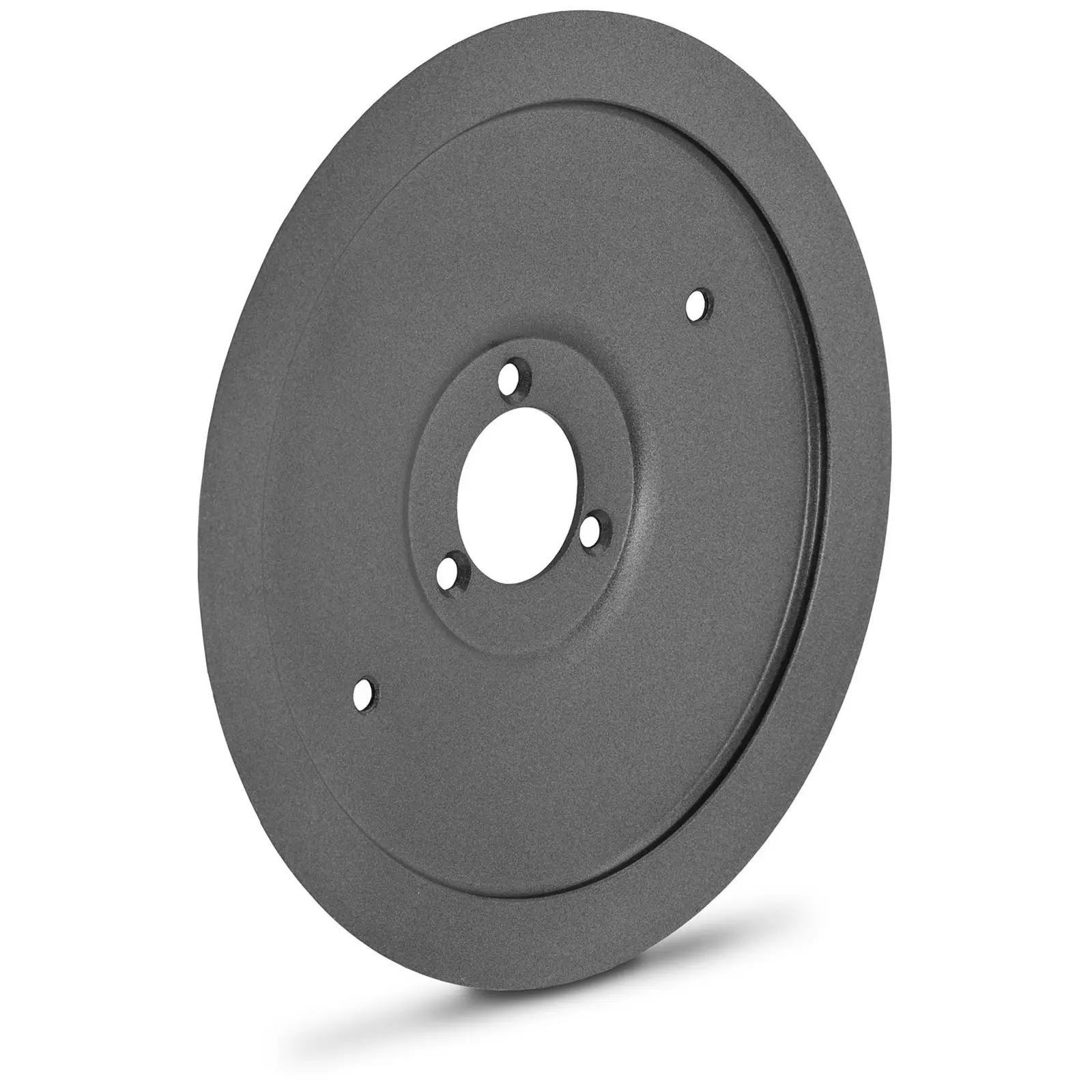
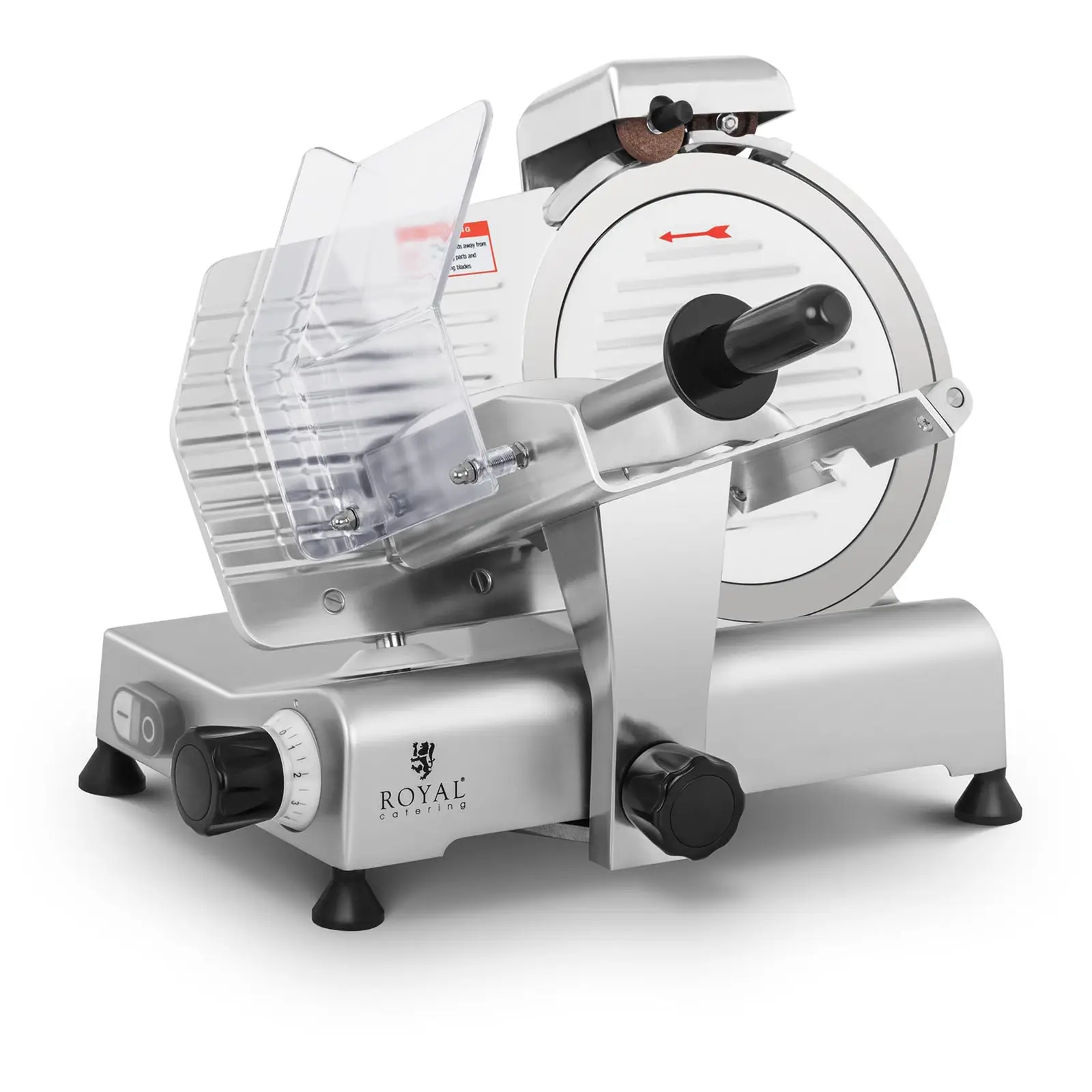

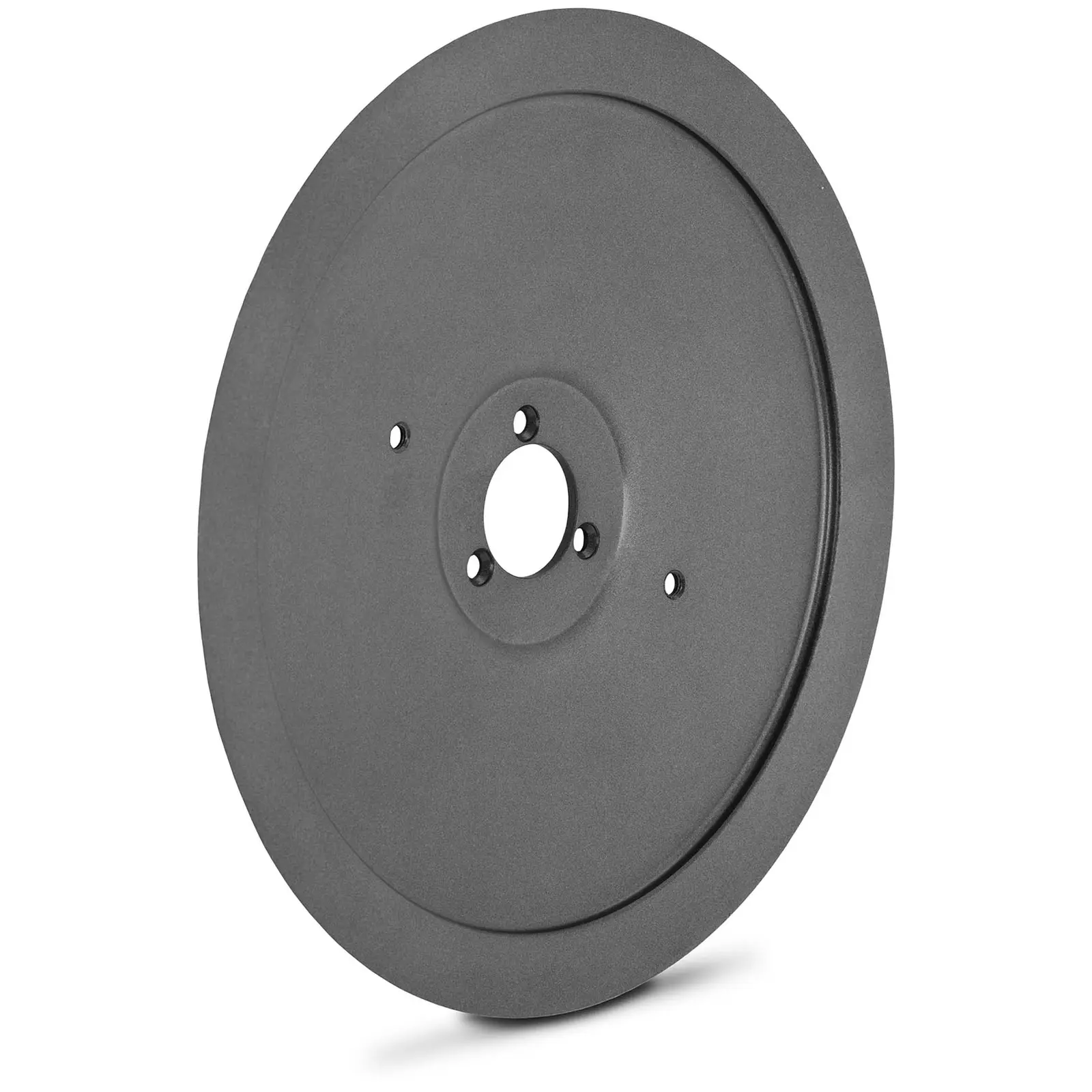
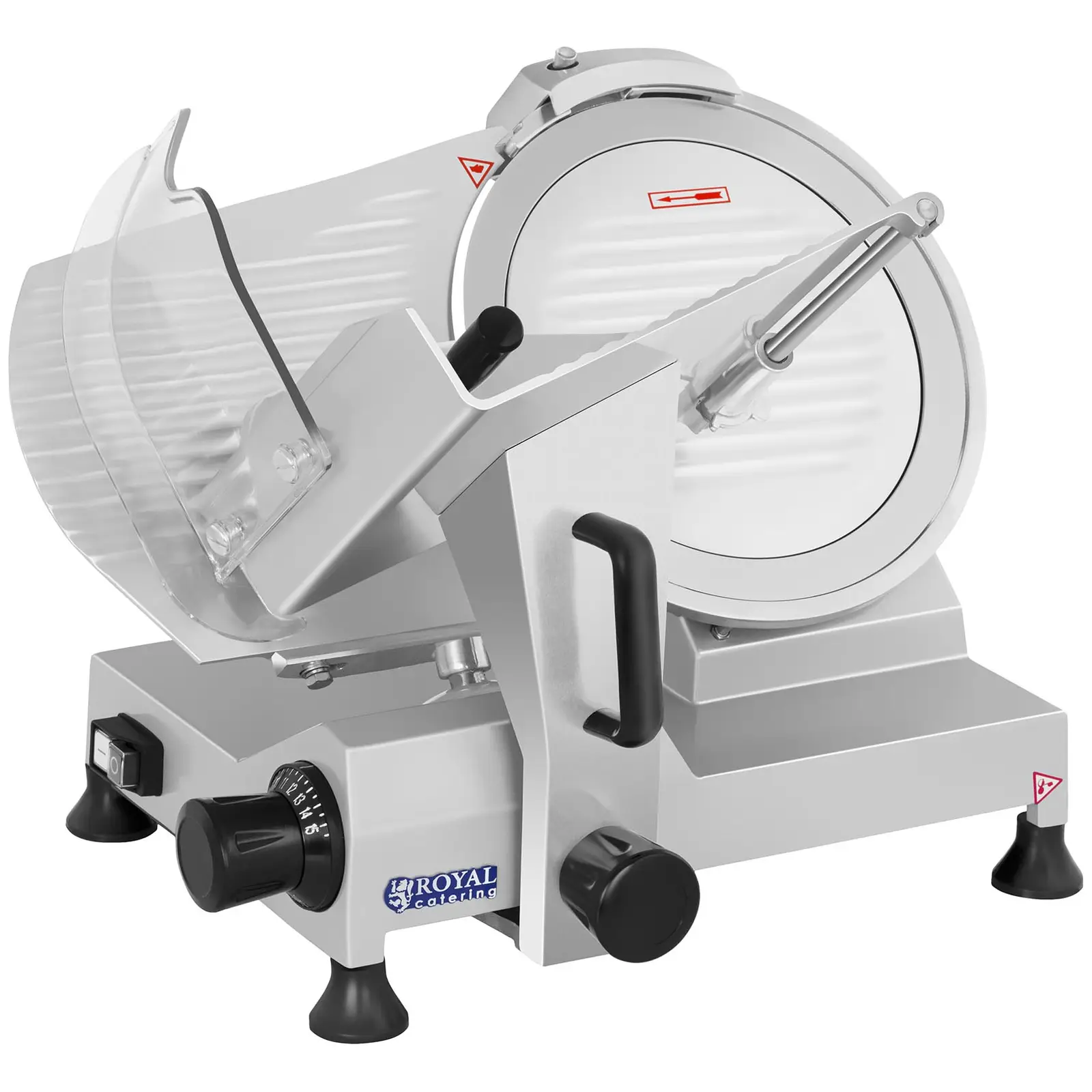
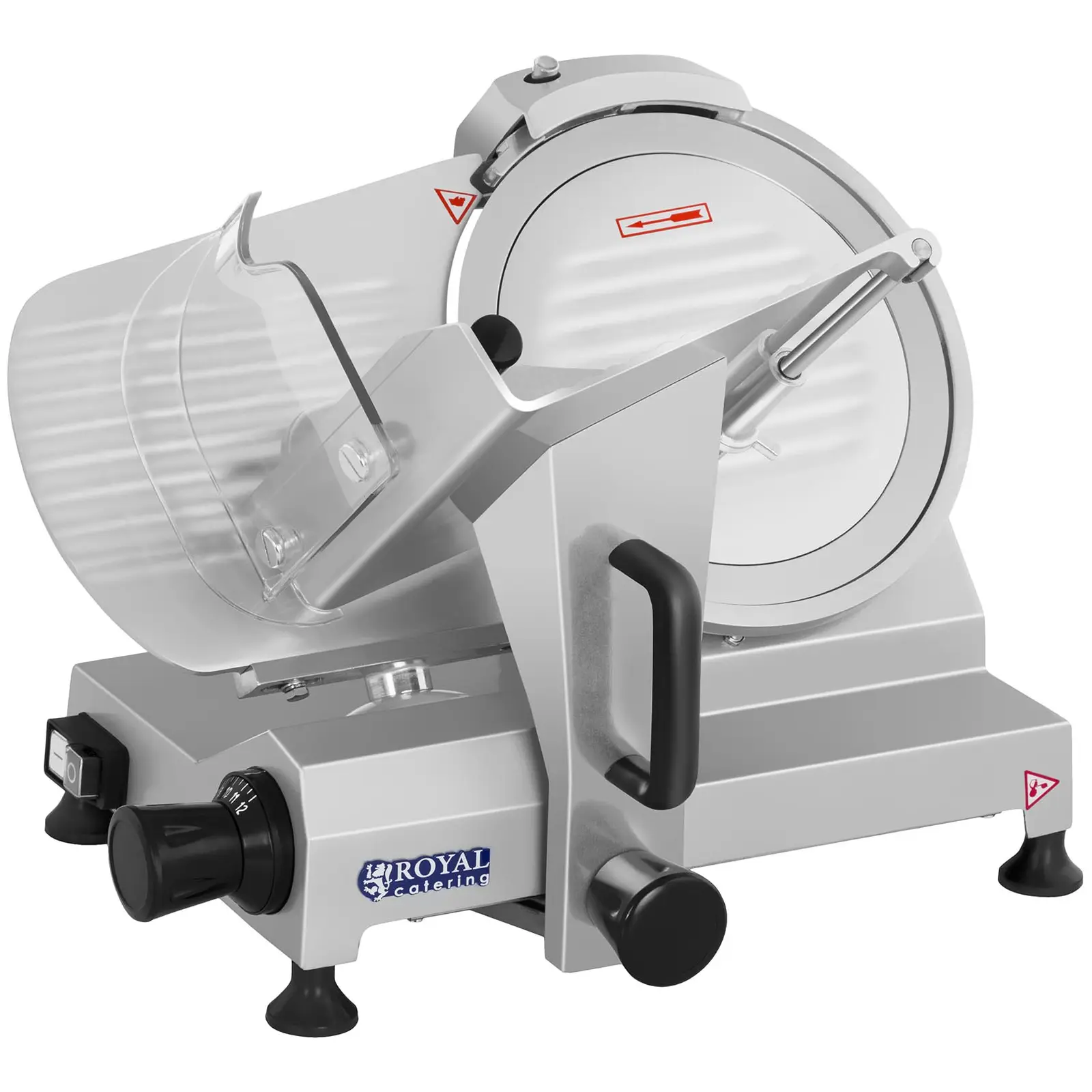



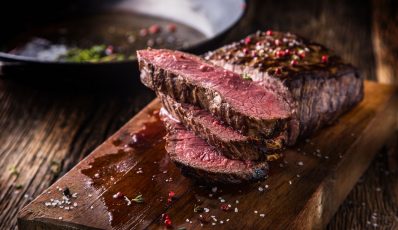


Share